Top Astrophotography Targets for February
Comments Off on Top Astrophotography Targets for February| Designation | Name | Difficulty | Size | Brightness | Ideal Focal Length |
|---|---|---|---|---|---|
| M45 | Pleiades | Beginner | 1.7º | 1.2 | 400mm |
| M42 | Orion Nebula | Beginner | 1.5º x 1º | 4.0 | 400mm |
| M1 | Crab Nebula | Intermediate | 8' x 4' | 8.4 | 1200mm+ |
| B33 | Horsehead Nebula | Advanced | 8' × 6' | N/A | 400mm+ |
| NGC 2024 | Flame Nebula | Intermediate | 30' x 30' | N/A | 400mm+ |
| Caldwell 49 | Rosette Nebula | Advanced | 1.3º | 9.0 | 300mm+ |
M45 – Pleides
Wikipedia
DSO-Browser
The Pleides or “Seven Sisters” is easily visible to the naked eye making it one of the most popular targets for beginner astrophotographers. The Pleides is a large target so just use a camera lens or a short focal length telescope – or binoculars.
M42 – Orion Nebula
Wikipedia
DSO-Browser
M42 or the Orion Nebula is another target popular for beginners and can produce some beautiful results with a variety of setups. The challenge here will be to get the faint detail around the edges without blowing out the extremely bright core.
M1 – Crab Nebula
Wikipedia
DSO-Browser
The Crab Nebula is the first object on our list that beginners might find difficult to image. It is a small object at only 8′ x 4′ requiring 1200mm+ focal length to start seeing the amazing details.
B33 – Horsehead Nebula & NGC 2024- Flame Nebula
B33- Wikipedia
B33- DSO-Browser
NGC 2024- Wikipedia
NGC 2024- DSO-Browser
Usually imaged together B33 and NGC 2024 are some of the most beautiful objects in the sky. They are a popular target for beginners because the flame nebula is quite bright and easy to capture. The details of the horsehead nebula and the challenges that arise from Alnitak keep even the most experienced astrophotographers coming back for more.
Caldwell 49- Rosette Nebula
Wikipedia
DSO-Browser
The Rosette Nebula is a popular target for the more advanced astrophotographers. It is a large nebula that is best imaged with a small refractor. To truly appreciate the details in this amazing object be sure to capture some HA data to go along with your RGB.
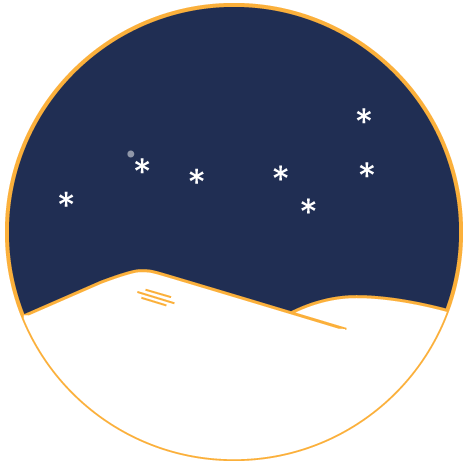
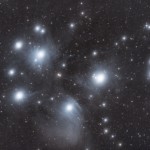
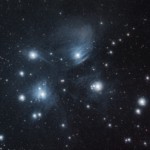
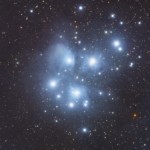
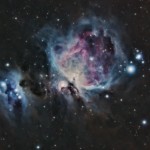
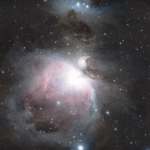
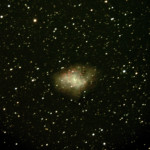

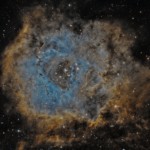
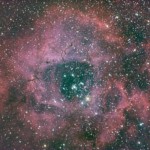
Comments are closed